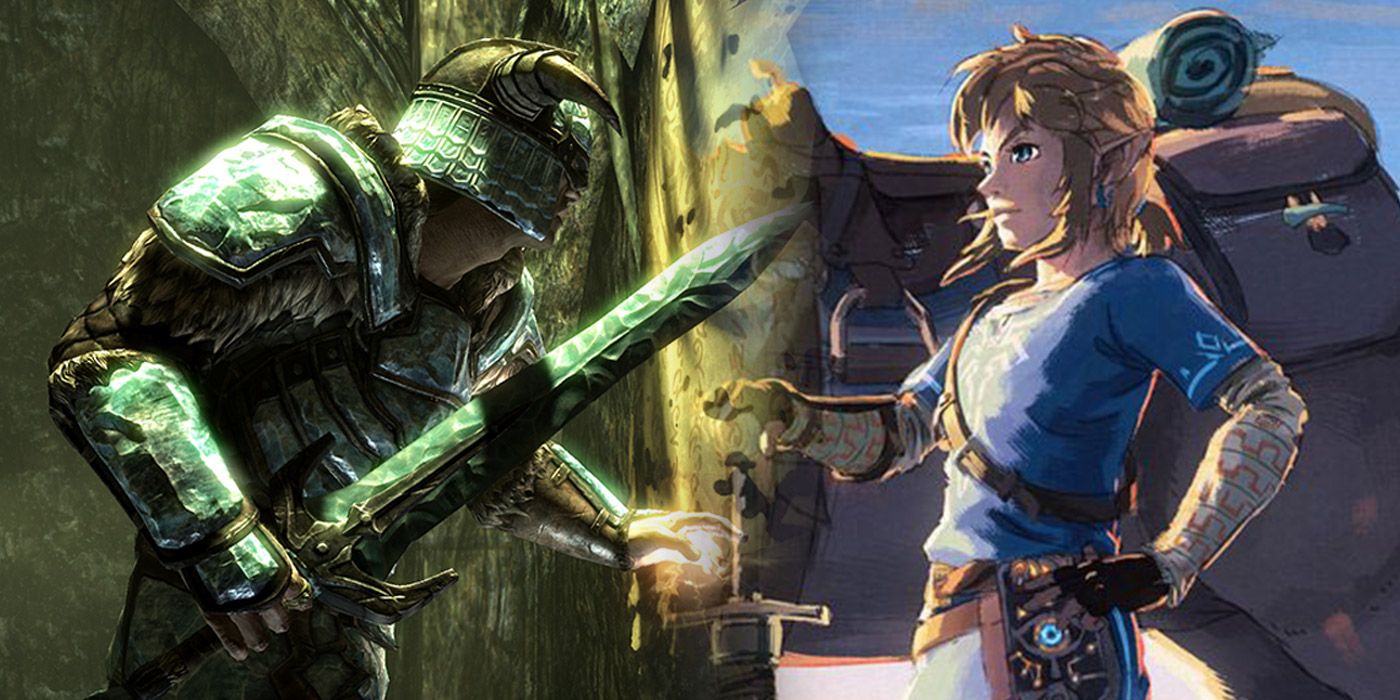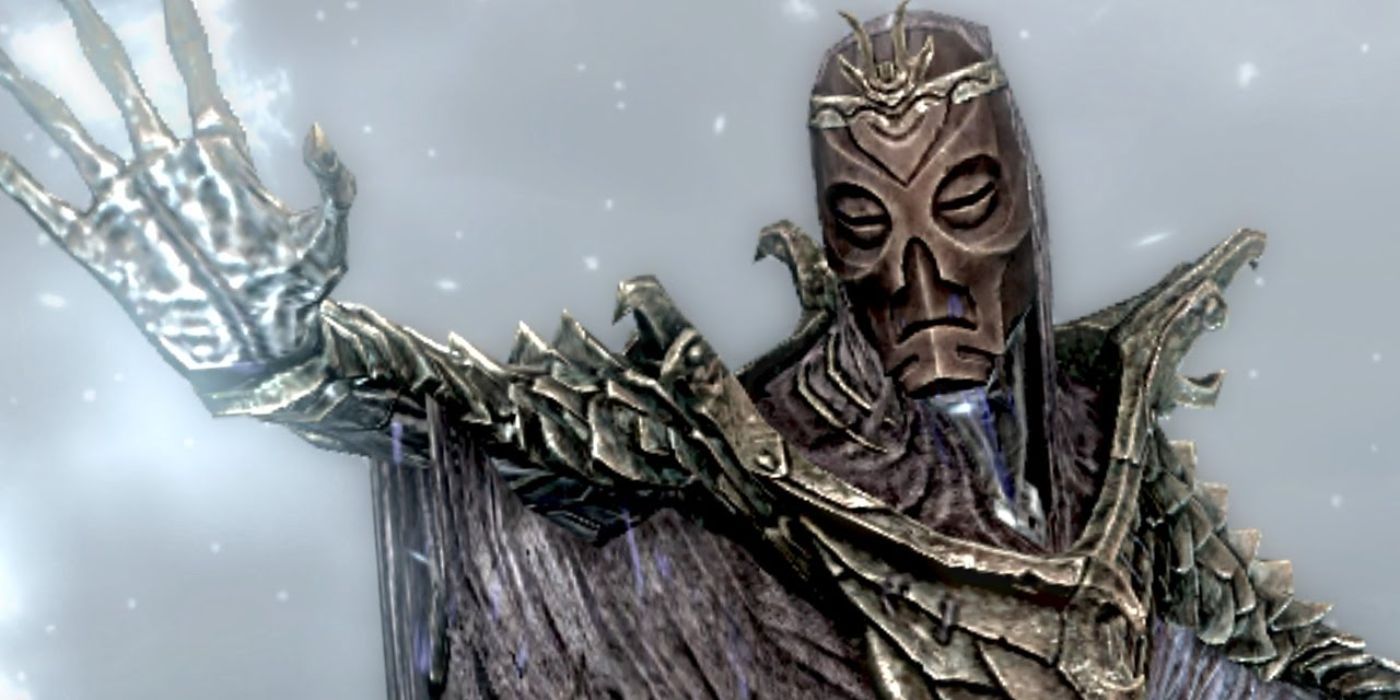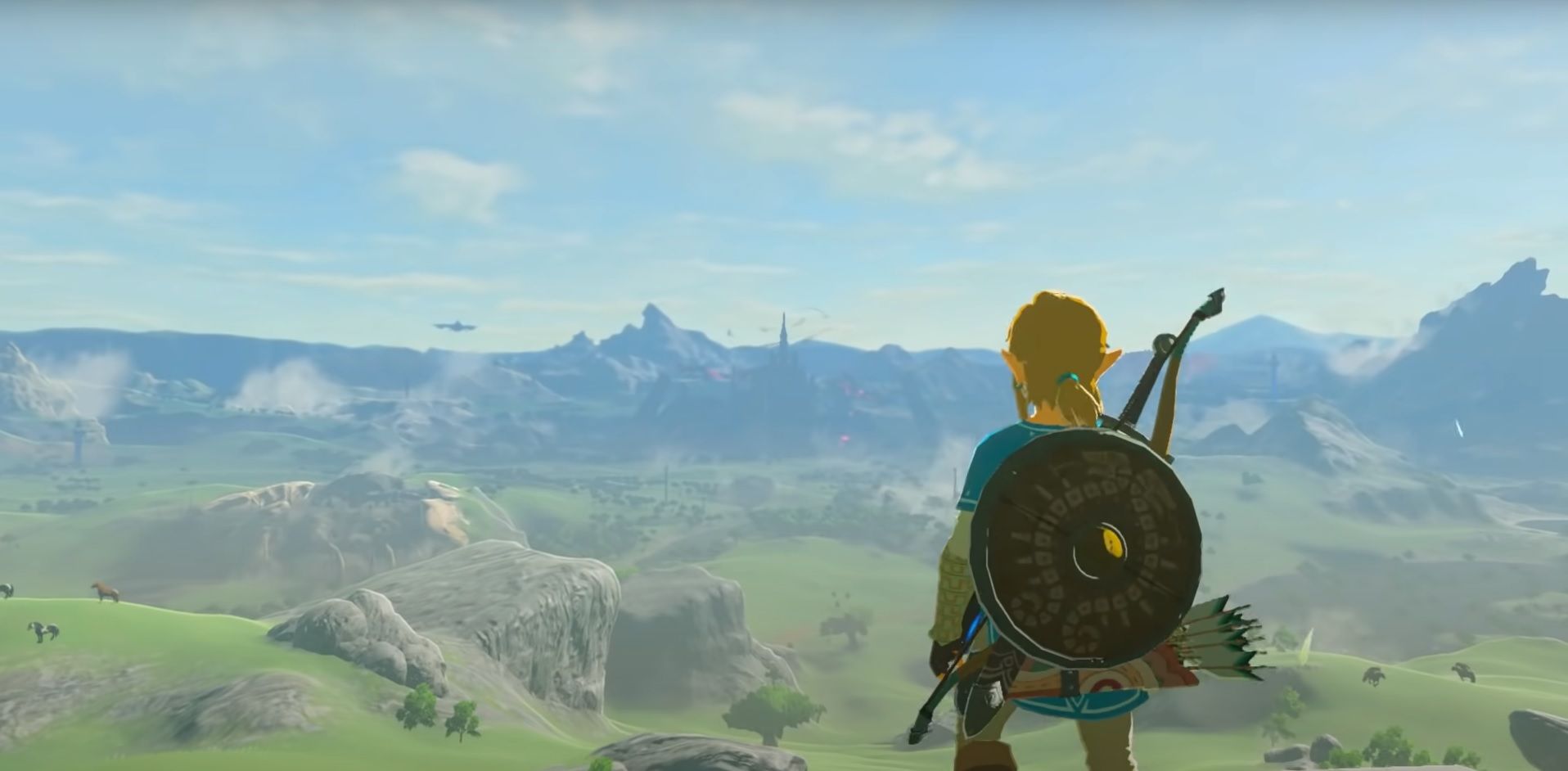Skyrim and Breath of the Wild have become two of the most influential games of the past few console generations. Each title represents a different approach to open-world game design but both have become wildly impactful on the industry as a whole. Each game has at this point become common adjectives for describing new games. Games like the upcoming Pokemon Legends: Arceus are billed as Breath of the Wild in the Pokemon universe. Their impact on open-world game design is impossible to ignore.
With so much excitement surrounding the inevitable sequels to Skyrim and Breath of the Wild, many fans are likely replaying (or still playing) both games in anticipation. As fans anticipate changes to come in Elder Scrolls 6 and the sequel to Breath of the Wild, it's worthwhile to take a look back at how each game has impacted the gaming landscape as a whole.
The Popularity of Skyrim and Breath of the Wild
Skyrim's popularity is hard to overstate. The game still sees active players more than ten years later, and upcoming games like Avowed still wear Elder Scrolls influences on their sleeves. Skyrim introduced many new fans to the Elder Scrolls universe and provided a staggeringly large sandbox for players to explore.
The amount of character customization, in terms of both appearance and the skill system, was and still is impressive. The game's main storylines created massive set-piece moments and offered a feeling of real impact on its world. But so much of what fans came to love was the ability to completely avoid those main quests while still making an impact on a grand scale.
Headcanon, a personal association with how their characters felt and acted, was a large part of what Skyrim players kept coming back for. It's entirely possible to start a new character with the full intention of completely ignoring the threat of the dragons in order to forge a reputation in the Thieves' Guild or as a soldier in the Civil War. The wide berth of content ensured that players could forge their own stories across Skyrim's huge map. Player choice is central to what made Skyrim such a successful game, and what keeps players coming back for more.
Meanwhile, Breath of the Wild became popular for a lot of similar reasons, but partly as a departure from its series' roots. The Breath of the Wild map is stacked with interesting things to find, fight, and forage. Its dense world is completely free to explore almost from the start, and players could spend dozens of hours just exploring. This was a big departure from the much more linear Zelda experiences that preceded it. Its blend of exploration, crafting, and combat was so effective that many open-world games are emulating much of what Breath of the Wild did successfully.
Player choice is, again, at the heart of what made Breath of the Wild so popular, alongside its charming visual style. Fans could focus all of their efforts on Link's quest to defeat Ganon and save Hyrule or engage in any number of other activities. Tackling all of the various shrines, collecting the most powerful weapons, or finding the best recipes for cooking were all worthwhile endeavors. And the world of Breath of the Wild felt alive in a way that games like Horizon Forbidden West and many others have tried to recapture. The ecosystem between various creatures and monsters felt real and constantly shifting environmental effects kept players on their toes.
The Lasting Impact of Breath of the Wild and Skyrim
The opening moments of Skyrim and Breath of the Wild are some of gaming's most memorable, especially of the last generation. Watching the sheer breadth of their worlds to players was a dramatic scene for many fans, and one that's hard to replicate. That certainly hasn't kept developers from trying to do so, however. New entries for younger IPs like Horizon Forbidden West to gaming's iconic franchises new entries like Sonic Rangers are unabashedly attempting to capture Breath of the Wild's appeal. For many fans, that's a good thing, especially for franchises that might need a refresh.
One thing Skyrim and Breath of the Wild showed is that a successful open-world game needs a map that's not just large, but dense. In the years following their releases, many games have created worlds that are larger than either Skyrim or Breath of the Wild, but few titles are able to capture the sheer depth of those worlds. Even moments that could feel mundane, such as traveling from one village to another, can create lasting memories for players based on the volume of events that could occur on the trip. Dragons suddenly swooping down helped set Skyrim apart from its predecessors and Breath of the Wild players could be easily led astray by one of the hundreds of hidden items or areas after catching a glimpse of something on the horizon.
The two games take different approaches to certain elements that have come to define open-world gaming. Skyrim's character creation helped players attach themselves to their created heroes, while Breath of the Wild focused on showing its protagonist in new ways. Both put player choice at the forefront of the experience. Skyrim's iconic armor and weapons helped further flesh out character builds and aesthetics, and the expansive gear system in Breath of the Wild showed off Link's versatility as a warrior and adventurer. And both titles focused heavily on allowing players to play the way they wanted to, which has done a lot to keep their fanbases dedicated.
Fans are likely hoping to see Elder Scrolls 6 and Breath of the Wild 2 at E3 2021. So much of that excitement comes from just how much Skyrim and Breath of the Wild have impacted the gaming landscape over the past decade. While it's possible that both sequels miss the next big gaming showcase, for now, fans still have much to enjoy about the two games and the host of other games that have been inspired by the pair. It's likely that the impact of Skyrim and Breath of the Wild will continue to help shape open-world games going forward into the new generation of games.
Elder Scrolls 6 and Breath of the Wild 2 are both in development.



